Research on Seasonal Changes and Interrelationships of Vegetable Sales Volume Based on Data Mining
DOI: 10.23977/agrfem.2024.070210 | Downloads: 18 | Views: 1136
Author(s)
Han Lin 1
Affiliation(s)
1 College of Mathematics and Computer Science, Shantou University, Shantou, 515063, China
Corresponding Author
Han LinABSTRACT
This study analyzes the sales volume and pricing of various vegetable products. Data visualization and analysis were performed on the sales volumes of different categories and individual products within the vegetable category. The analysis reveals that Wuhu green pepper ranks highest in single product sales, followed by broccoli, net lotus root, Chinese cabbage, and Yunnan lettuce. Leafy vegetables, chili peppers, and edible fungi constitute 77% of the total vegetable sales, with eggplant vegetables having the lowest sales volume. Seasonal variations in sales volumes were observed, with flower and leafy vegetables peaking in February 2023 and reaching their lowest in April 2022. The sales volumes of eggplant, cauliflower, and aquatic root vegetables remain relatively stable throughout the year. Correlation analysis using the Pearson coefficient and Apriori algorithm identified relationships between different vegetable products. The heat map of correlation coefficients shows complementary and substitute relationships among top-selling vegetables. Association rule analysis suggests strategic placement of certain vegetables to enhance sales. This comprehensive analysis provides valuable insights into vegetable sales trends and relationships, offering practical recommendations for improving sales strategies.
KEYWORDS
Sales volume, Seasonal variations, Correlation analysis, Association rule analysisCITE THIS PAPER
Han Lin, Research on Seasonal Changes and Interrelationships of Vegetable Sales Volume Based on Data Mining. Agricultural & Forestry Economics and Management (2024) Vol. 7: 74-79. DOI: http://dx.doi.org/10.23977/agrfem.2024.070210.
REFERENCES
[1] BORSELLINO V, SCHIMMENTI E, EL BILALI H. Agri-food markets towards sustainable patterns[J]. Sustainability, 2020, 12(6): 2193.
[2] GU H, WANG C. Impacts of the COVID-19 pandemic on vegetable production and countermeasures from an agricultural insurance perspective[J]. Journal of Integrative Agriculture, 2020,19(12): 2866-2876.
[3] YU W, WONG C Y, CHAVEZ R, et al. Integrating big data analytics into supply chain finance: The roles of information processing and data-driven culture[J]. International journal of production economics, 2021,236: 108135.
[4] BECHTSIS D, TSOLAKIS N, IAKOVOU E, et al. Data-driven secure, resilient and sustainable supply chains: gaps, opportunities, and a new generalised data sharing and data monetisation framework[J]. International Journal of Production Research, 2022,60(14): 4397-4417.
[5] LIU S, LIU D, SRIVASTAVA G, et al. Overview and methods of correlation filter algorithms in object tracking[J]. Complex & Intelligent Systems, 2021,7: 1895-1917.
[6] XIE H. Research and case analysis of apriori algorithm based on mining frequent item-sets[J]. Open Journal of Social Sciences, 2021,9(04): 458.
| Downloads: | 6385 |
|---|---|
| Visits: | 245102 |
Sponsors, Associates, and Links
-
Information Systems and Economics
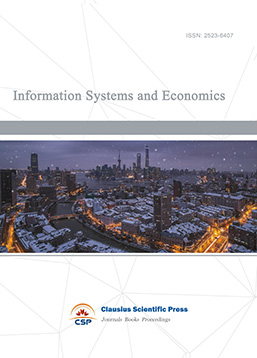
-
Accounting, Auditing and Finance
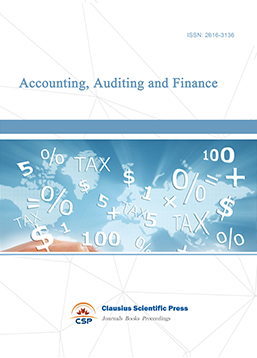
-
Industrial Engineering and Innovation Management
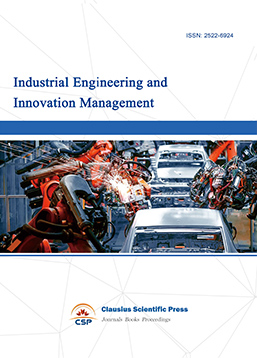
-
Tourism Management and Technology Economy
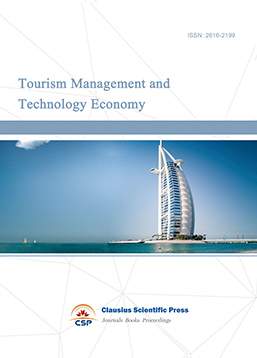
-
Journal of Computational and Financial Econometrics
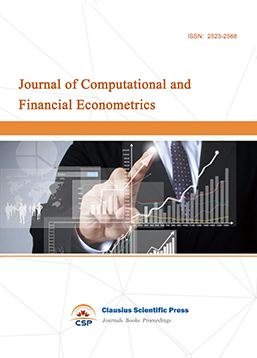
-
Financial Engineering and Risk Management
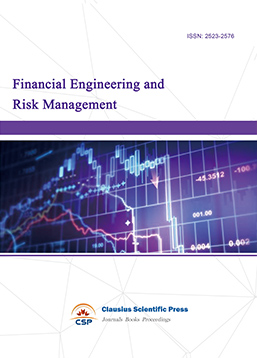
-
Accounting and Corporate Management

-
Social Security and Administration Management
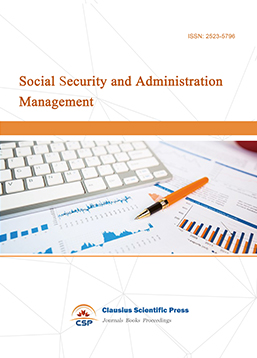
-
Population, Resources & Environmental Economics
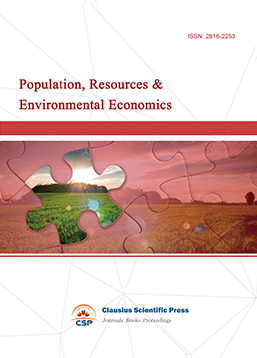
-
Statistics & Quantitative Economics
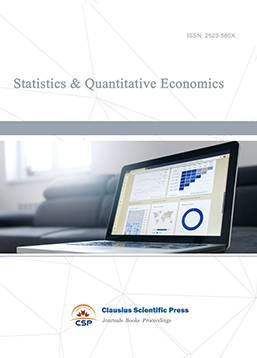
-
Social Medicine and Health Management

-
Land Resource Management
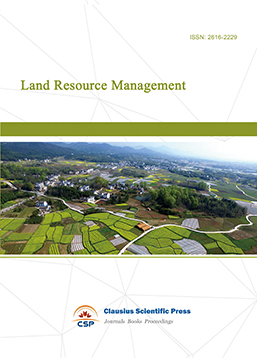
-
Information, Library and Archival Science
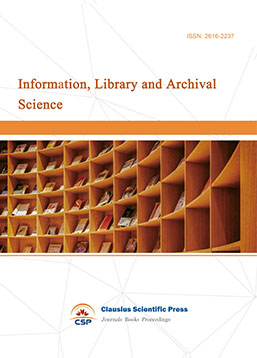
-
Journal of Human Resource Development
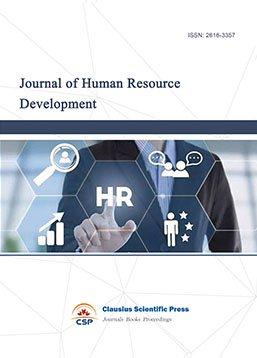
-
Manufacturing and Service Operations Management
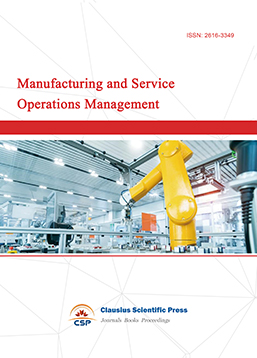
-
Operational Research and Cybernetics
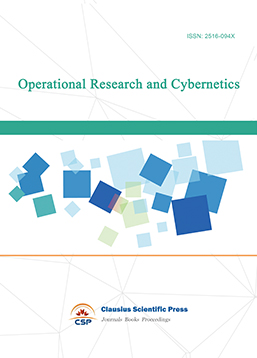

 Download as PDF
Download as PDF